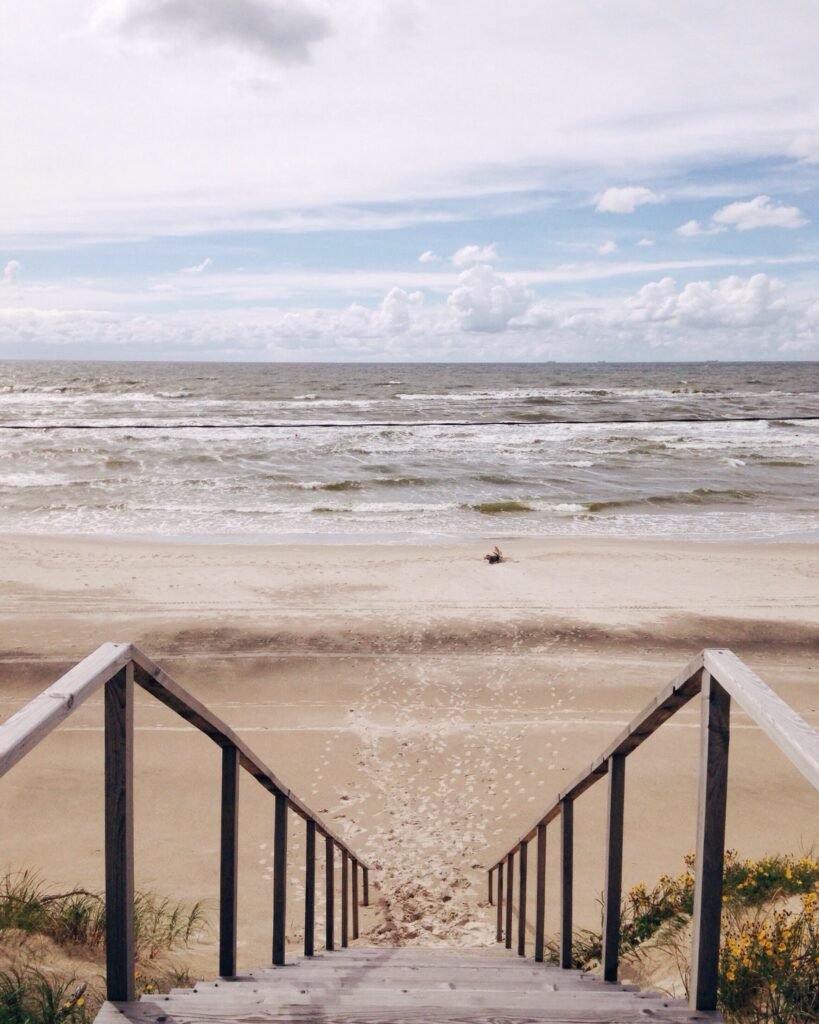
The Baltic Sea, located in Northern Europe, is a unique body of water that is surrounded by nine countries – Denmark, Estonia, Finland, Germany, Latvia, Lithuania, Poland, Russia, and Sweden. The sea is known for its diverse landscapes, rich cultural heritage and abundance of natural resources. In this blog post, we will take an in-depth look at the Baltic Sea and explore its various attributes that make it a must-visit destination.

Geography and Climate
The Baltic Sea is approximately 1,600 kilometers long and varies in width from around 100 to 300 kilometers. The sea is connected to the North Sea via the narrow strait of the Danish Islands, and it is also connected to the Gulf of Bothnia via the Gulf of Finland. The sea has an average depth of around 55 meters and the deepest point is located in the Gotland Basin at a depth of 459 meters.
The climate of the Baltic Sea region is primarily influenced by the Atlantic Ocean, and the sea has a moderate maritime climate. The summers are generally cool and the winters are relatively mild, with temperatures ranging from around -5 to 20 degrees Celsius depending on the location. The sea is known for its unpredictable weather and sudden storms, making it an ideal destination for adventure-seekers.
Natural Resources
The Baltic Sea is rich in natural resources, and it is home to a wide variety of flora and fauna. The sea is known for its clear waters, white sandy beaches, and picturesque islands. The sea is also home to a wide variety of fish, including herring, cod, salmon, and eel, making it a popular destination for fishing and seafood.
The sea is also home to a wide variety of migratory birds, and it is an important stopover point for many species on their annual migration. The sea is also home to a wide variety of marine mammals, including seals, dolphins, and whales. The sea is also home to several unique species such as the Baltic Sea sturgeon, a fish that can live up to 100 years, and the European eel, a species that migrates thousands of kilometers from the sea to spawn in the Sargasso Sea in the Atlantic Ocean.

Cultural Heritage
The Baltic Sea region is home to a rich cultural heritage and has a long history of human habitation. The sea has been an important trade route since ancient times, and it has played a major role in the development of the region’s culture and economy. The sea is home to a wide variety of historical sites, including medieval castles, forts, and town centers, as well as more recent architectural gems such as Art Nouveau buildings.
The sea is also home to a wide variety of museums, including maritime museums and natural history museums, that provide an in-depth look at the region’s history, culture, and natural resources. The sea is also home to a wide variety of festivals, including music festivals, folk festivals, and food festivals, that provide an opportunity to experience the region’s culture firsthand.
Outdoor Activities
The Baltic Sea region offers a wide range of outdoor activities for visitors. The sea is known for its clear waters and white sandy beaches, making it a popular destination for swimming, sunbathing, and water sports. Visitors can also take a boat tour to explore the many islands that dot the coast, or hike through the lush forests that blanket the region.
The sea is also a popular destination for birdwatching, with many rare species to be found along the coast and on the islands. The sea is also home to several nature reserves and national parks, such as the Vilsandi National Park in Estonia and the Karkle Nature Reserve in Lithuania, that provide an opportunity to explore the region’s diverse wildlife and natural landscapes.
Windsurfing and kiteboarding are also popular activities in the Baltic Sea due to the strong winds that blow across the sea. The sea is also home to several marinas and yacht clubs, making it a popular destination for boating and sailing.
For a more adventurous experience, visitors can try sea kayaking, diving, or even take a hot air balloon ride over the sea. The sea is also home to several golf courses, making it a popular destination for golfers.
Conclusion
The Baltic Sea is a unique body of water that offers a diverse range of experiences for visitors. The sea is home to a rich cultural heritage, a wide variety of natural resources, and ample opportunities for outdoor activities. Whether you’re interested in exploring historical sites, sampling local seafood, or taking part in adventure sports, the Baltic Sea has something to offer for everyone.




